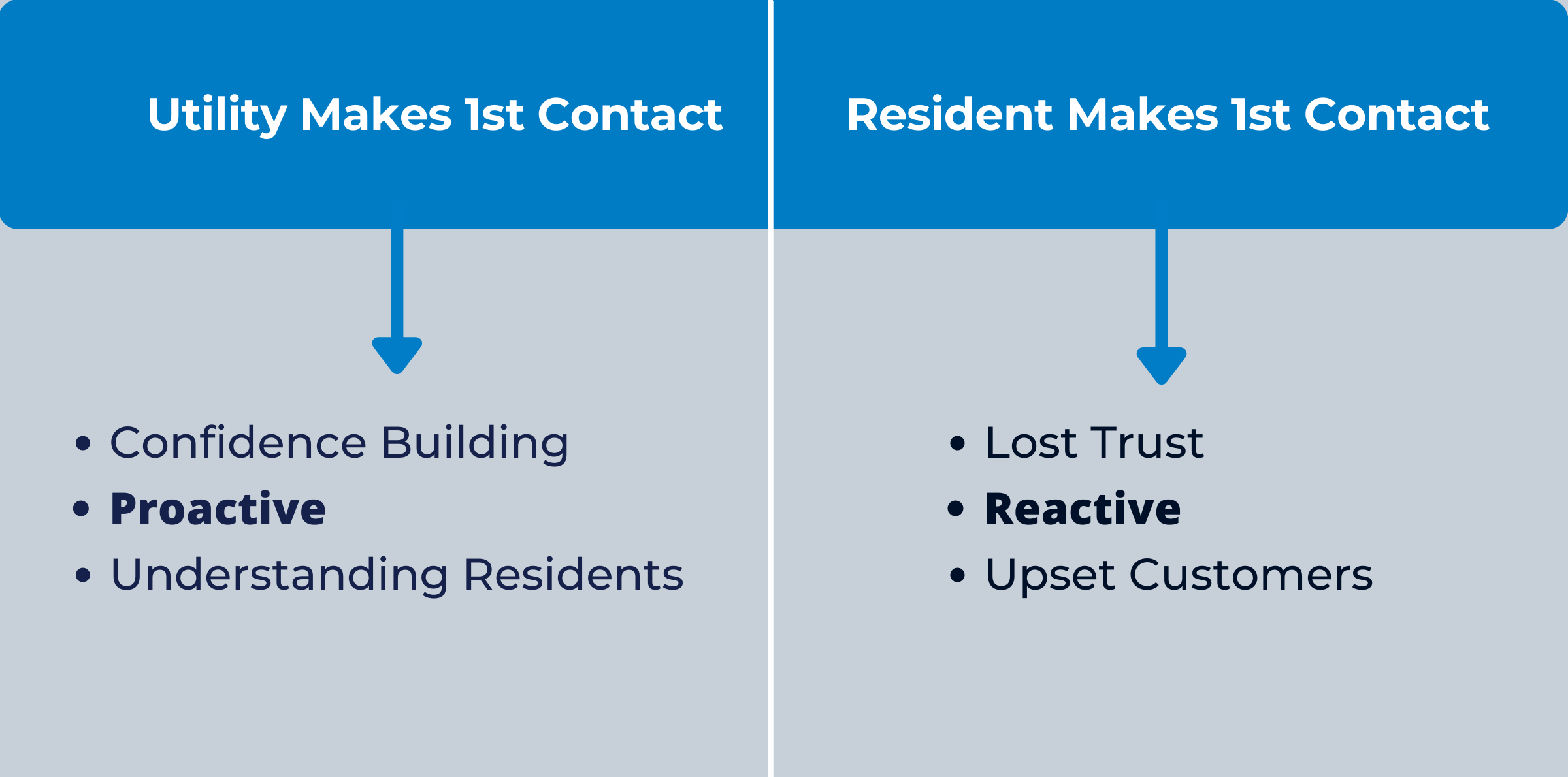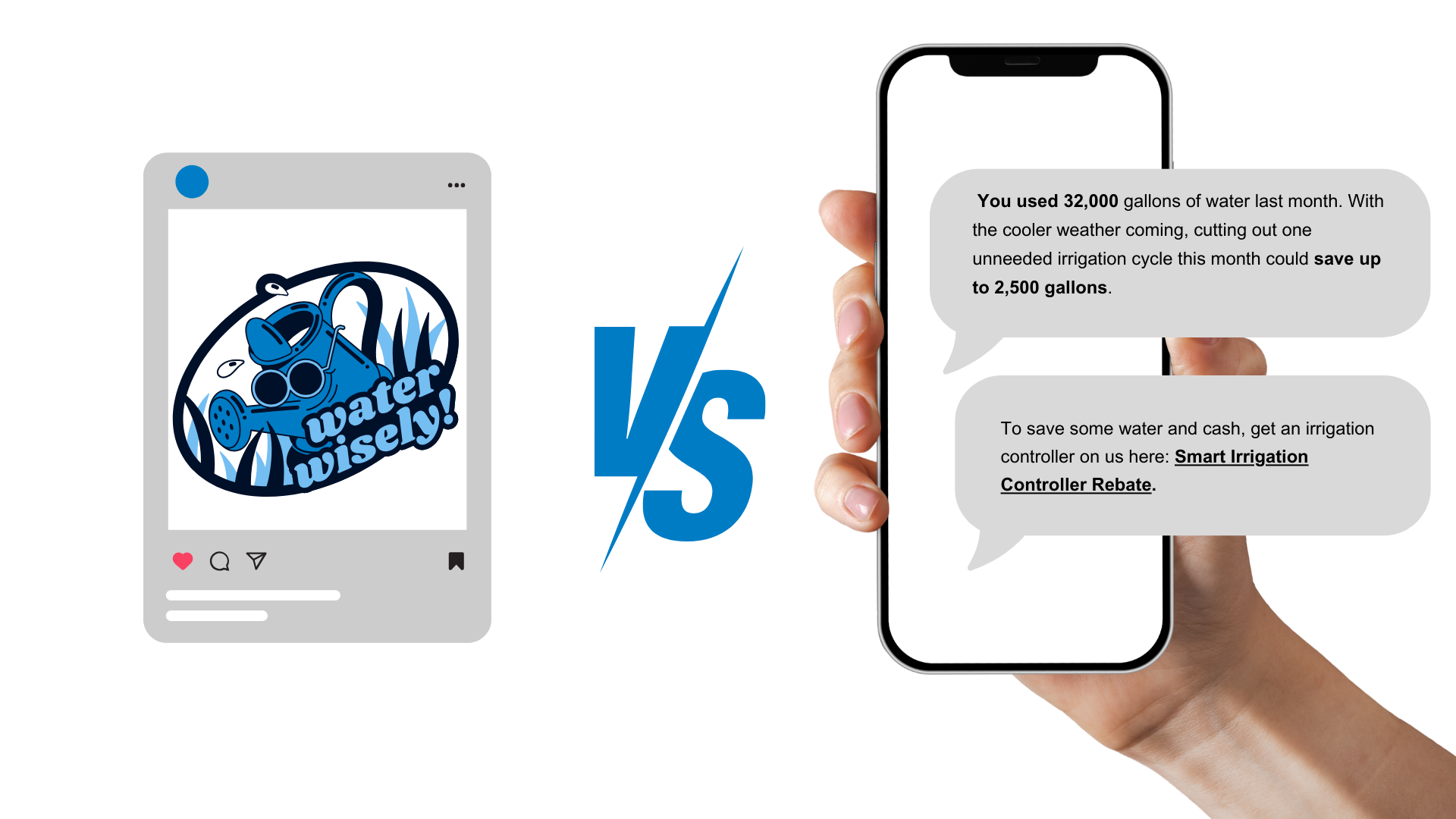Making Watering Restrictions Work.
As the west continues to face severe drought, watering restrictions — both permanent and temporary — are becoming a frequent tool for water providers hoping to reduce water demand.
But research from the Alliance for Water Efficiency has shown that restrictions and other types of drought response actions only provide statistically significant water savings when accompanied by effective messaging and enforcement.
What does this mean for water providers?
Creating effective and persistent messaging campaigns is critical to maximizing the effectiveness of your drought response strategies. Here are Yoppify’s top recommendations for making sure your community is able to achieve success—especially during times of drought.
Be proactive when talking about watering restrictions
During a drought, water providers are an important source of reliable information. Taking initiative to proactively notify residents of emerging drought conditions can build trust and help creating understanding that will lead to better conservation results.
Residents who hear about drought conditions and potential restrictions before they go into effect, will be more likely to comply and less likely to have a negative reaction.

Getting the message to everyone.
Despite best intentions, actually getting messages to water users can pose a challenge for some water utilities—especially in a world where only 50 percent of utility customers say they read billing inserts and Facebook posts only reach 5.2 percent of page followers.
How can utilities be sure that critical information gets to their customers? For many, it will require adding new tools to their communication arsenal.
Utilities who need help setting up direct communication tools for their organization can start with a free consultation from Yoppify.
What should be communicated about watering restrictions?
Water providers should be prepared to respond to changes in drought conditions. Your community will respond best when they understand that restrictions have been specifically designed to meet urgent needs in your local community. The most effective messaging programs will offer suggestions for how residents can reduce short-term demand while providing resources needed to help them reduce demand in a more direct and permanent manner. Some software solutions, like Yoppify, can even allow water providers to direct specific messages to certain user groups. For example, high water users might receive different recommendations than your most efficient residents.
Get Prepared for your Drought Messaging Program.
Yoppify offers free consultations to help design an effective program that addresses not only what messages to send but also how to guarantee their delivery.
Submit this request form to see how.









